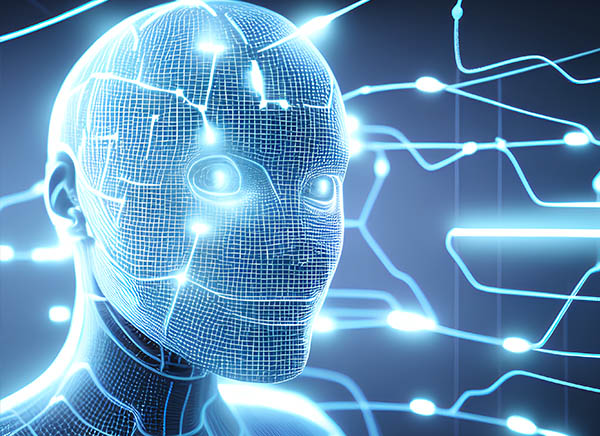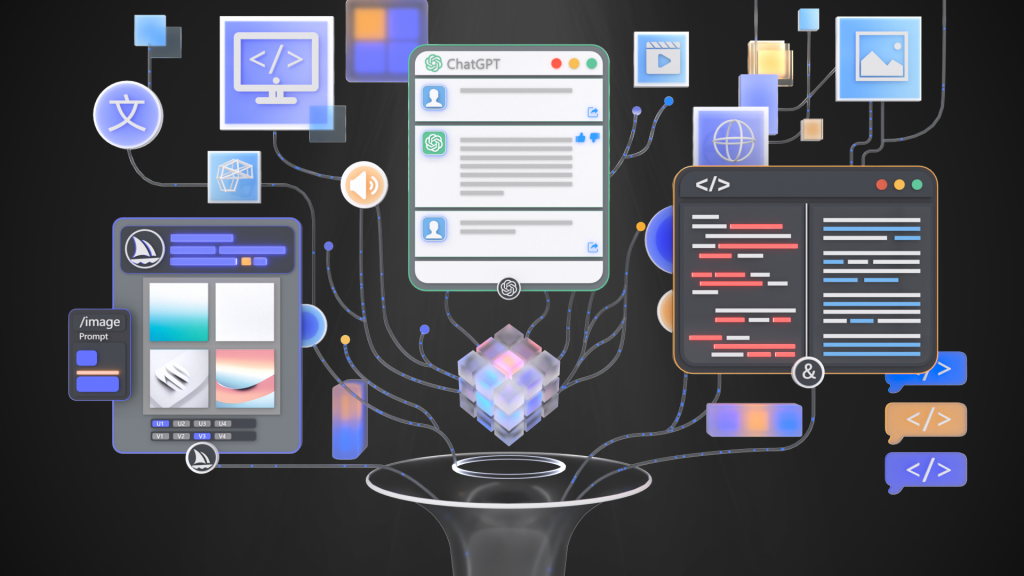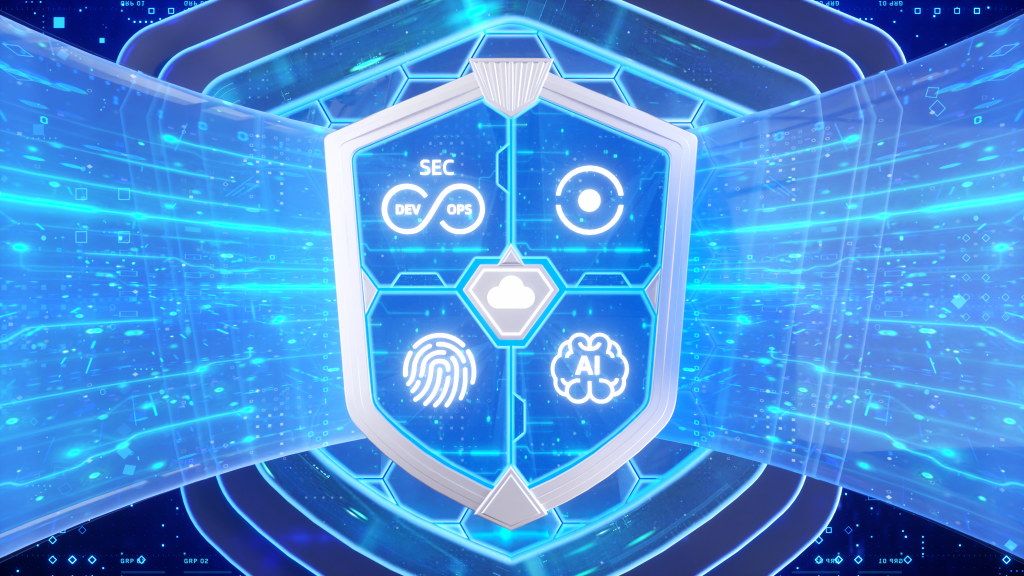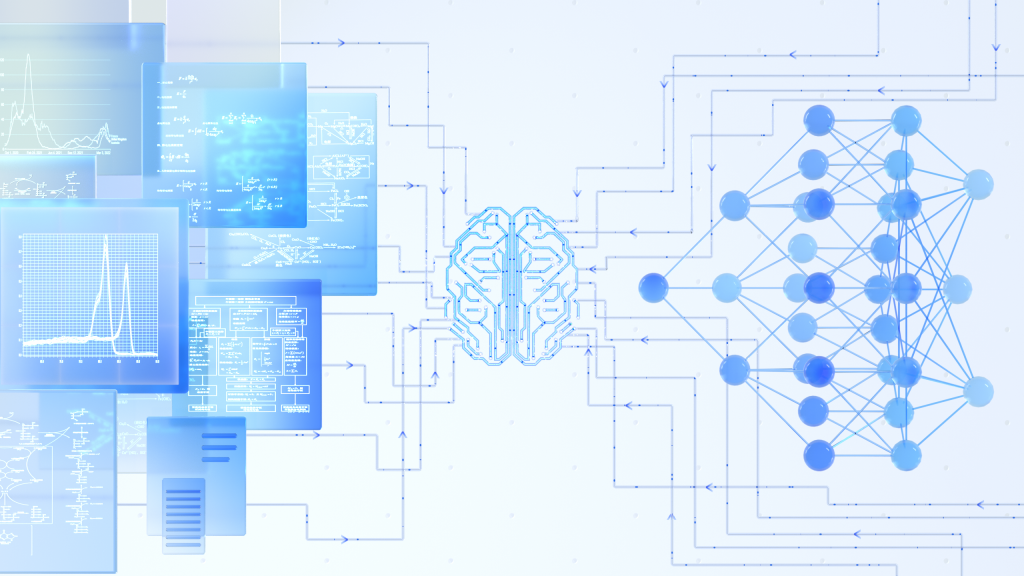
Alibaba DAMO Academy (“DAMO”), the global research initiative by Alibaba Group, has shared its annual forecasting of the leading technology trends that could shape many industries in the years ahead.
One of the top technological trends, generative artificial intelligence (AI), which has already made significant progress, is anticipated to continue progressing thanks to its expanding applications, which are projected to revolutionise the creation of digital material. According to DAMO, Generative AI will develop into an open technology that will considerably increase the variety, originality, and effectiveness of content creation. This will be made possible by upcoming technological improvements and cost reductions.
Another important emerging technology is dual-engine decision intelligence. Supported by both operations optimization and machine learning, the dual-engine decision intelligence system enables dynamic, comprehensive and real-time resource allocation, such as real-time electricity dispatching, optimization of port throughput, assignment of airport stands and improvements in manufacturing processes. As such, the technology can also help businesses enhance operational efficiency.
For the digital transformation of businesses, cloud computing and security are being looked at as key roles. Cloud computing and security are becoming increasingly more and more integrated, and security services have accepted the change to become more intelligent, platform-oriented and cloud-native.

Pre-trained multimodal foundation models, chiplets, processing in memory, hardware-software integrated cloud computing architecture, predictable fabric based on edge-cloud synergy, computational imaging, and large-scale urban digital twins are some of the other advancing topics in DAMO’s forecast.
By analyzing public papers and patent filings over the past three years and conducting interviews with almost 100 scientists, entrepreneurs and engineers worldwide, DAMO presents the top technology trends in 2023 that are expected to achieve accelerated breakthroughs and impact positively across core industries’ economic and social.
Jeff Zhang, Head of Alibaba DAMO Academy said “Looking towards 2023, the advancement of various technologies will drive software/hardware co-design and the integration of computing and communications technologies. The wide application of technologies will facilitate the rollout of AI and other digital technologies in vertical markets and promote the collaboration of public and private sectors and individuals in security technology and security management. The innovation driven by the advancement of technologies and their industry-specific application has become an irreversible trend.”
In 2023, DAMO expects to see technology progress and a surge of related applications across fields:
Trend 1: Generative AI
Generative AI generates new content based on a given set of text, images, or audio files. Currently, Generative AI is mainly used to produce prototypes and drafts and is applied in scenarios like gaming, advertising, and graphic design. Along with future technological advancement and cost reduction, Generative AI will become an inclusive technology that can significantly enhance the variety, creativity, and efficiency of content creation.

By three years, people will see business models emerging and ecosystems maturing as Generative AI becomes more available globally. These Generative AI models will be more secure, intelligent and interactive and help people to finish various creative work.
Trend 2: Dual-engine Decision Intelligence
In the past, the traditional decision-making method is based on Operations Research. Due to its limitations in handling problems with great uncertainty and its slow response to large-scale problems, academia and industry began to include machine learning in decision optimization. The two engines are perfect complements to each other, and when used in tandem, can improve the speed and quality of decision making. In the future, this technology is expected to be widely used in a variety of scenarios to support dynamic, comprehensive and real-time resource allocation, such as real-time electricity dispatching, optimization of port throughput, assignment of airport stands, and improvement of manufacturing processes.
Dual-engine decision intelligence in the future will be applied in more situations. It will serve to raise the number of entities and grow the scale in regional resource allocation scenarios, and eventually achieve dynamic, comprehensive, and real-time resource allocation.
Trend 3: Cloud-native Security
Cloud-native security is implemented to not only deliver security capabilities that are native to cloud infrastructure, but also improve security services by leveraging cloud-native technologies. Security technologies and cloud computing are becoming more integrated than ever before. We have witnessed applied technologies evolve from containerized deployment to microservices and then to the serverless model, and security services embraced the shift to become native, fine-grained, platform-oriented, and intelligent.

In the next three to five years, cloud-native security will become more versatile and can adapt more easily to multi-cloud architectures. It will also become more conducive to building security systems that are dynamic, end-to-end, precise, and applicable to hybrid environments.
Trend 4: Pre-trained Multimodal Foundation Models
Building artificial intelligence (AI) systems now uses a new paradigm and infrastructure called pre-trained multimodal foundation models. These models are capable of learning information from several modalities and presenting it using a common framework for representational learning. Future foundation models will act as the fundamental framework for AI systems spanning tasks involving images, text, and audio, giving AI systems the cognitive intelligence ability to reason, respond to inquiries, compile information, and create.
Trend 5: Hardware-Software Integrated Cloud Computing Architecture
Cloud computing is evolving towards a new architecture centred around Cloud Infrastructure Processor (CIPU). This software-defined, hardware-accelerated architecture helps accelerate cloud applications while maintaining high elasticity and agility for cloud application development. CIPU will become the de facto standard of next-generation cloud computing and bring new development opportunities for core software R&D and dedicated chip design.
Trend 6: Predictable Fabric based on Edge-Cloud Synergy
Predictable fabric, a host-network co-design networking system driven by advances in cloud computing, aims to offer high-performance network services. It is also an inevitable trend as today’s computing and networking capabilities gradually converge on each other. Through the full-stack innovation of cloud-defined protocols, software, chips, hardware, architecture, and platforms, the predictable fabric is expected to subvert the traditional TCP-based network architecture and becomes part of the core network in next-generation data centres. Advances in this area are also driving the adoption of predictable fabric from data centre networks to wide-area cloud backbone networks.
Trend 7: Computational Imaging
Computational imaging is an emerging interdisciplinary technology. In contrast with traditional imaging techniques, computational imaging makes use of mathematical models and signal processing capabilities, and thus can perform an unprecedented in-depth analysis of light field information. This technology is already used on a large scale in mobile phone photography, health care, and autonomous driving. In the future, computational imaging will continue to revolutionize traditional imaging technologies, and give rise to innovative and imaginative applications such as lensless imaging, and Non-line-of-sight (NLOS) imaging.
Trend 8: Chiplet
A system on a chip (SoC) can be divided into several chiplets using a chiplet-based design. These chiplets can then be produced independently using various methods and then integrated into a SoC utilising interconnects and packaging. The industrialization of chiplets is accelerating as the connectivity standards for chiplets are being combined into a single standard. Chiplets, which are propelled by cutting-edge packaging technologies, have the potential to transform the R&D of integrated circuits and change the face of the chip industry.
Trend 9: PIM
Processing in Memory (PIM) technology is the integration of a CPU and memory on a single chip, which allows data to be directly processed in memory. In the future, compute-in-memory chips are projected to be used in more powerful applications such as cloud-based inference. This will shift the traditional computing-centric architecture towards the data-centric architecture, which will have a positive impact on industries such as cloud computing, AI, and the Internet of Things (IoT).
Trend 10: Large-scale Urban Digital Twins
The idea of “urban digital twins” has evolved into a fresh method of sophisticated municipal government. Large-scale urban digital twins have so far achieved significant strides in scenarios like traffic regulation, catastrophe management and prevention, carbon peaking, and carbon neutrality. Large-scale urban digital twins will develop more autonomy and dimension in the future.